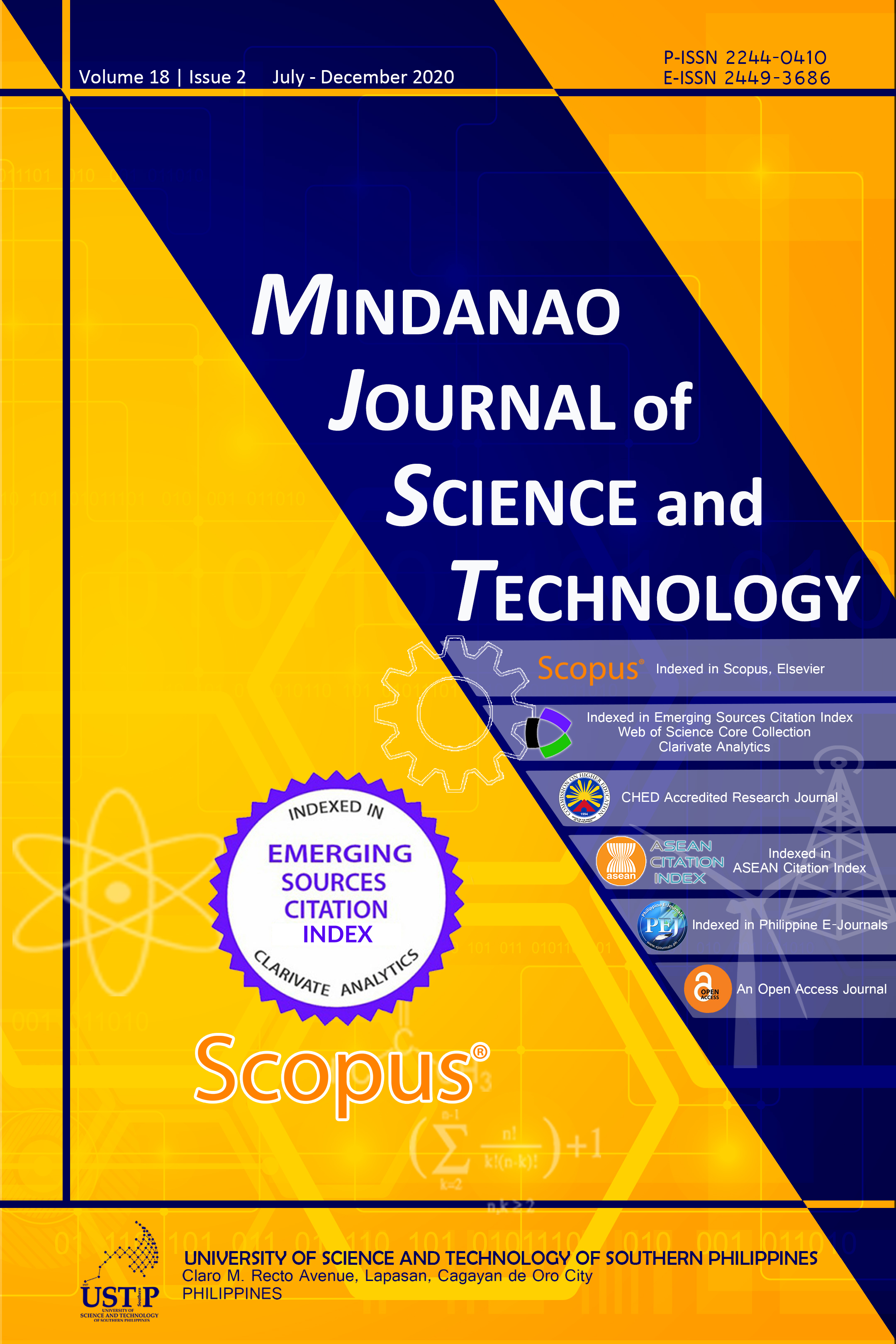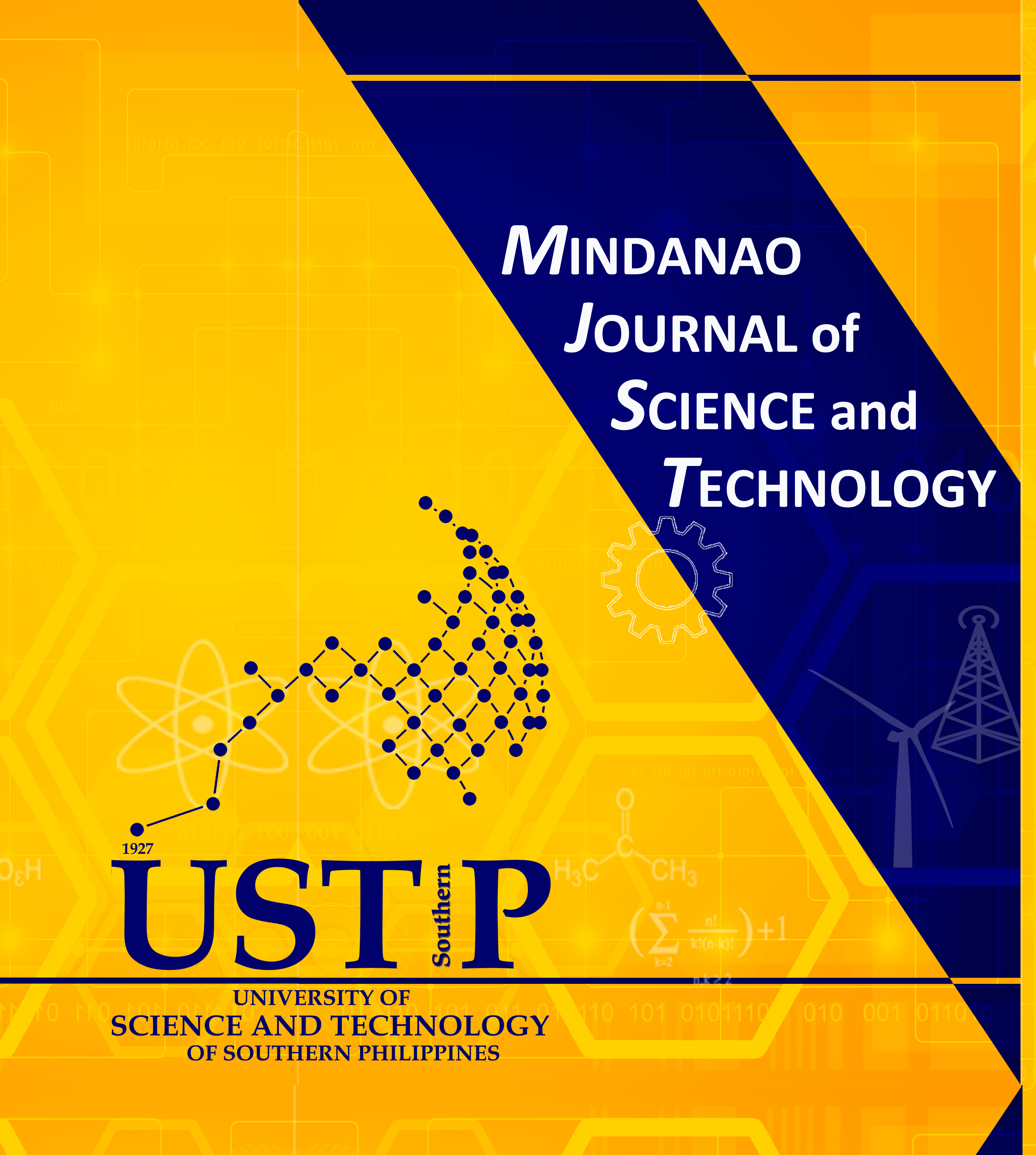Ecological Risk Assessment of Heavy Metals in the Bottom Sediments of Laguna de Bay, Philippines
Keywords:
Laguna de Bay, heavy metals, modified contamination index, ecological risk indexAbstract
The combination of pollution and ecological risk indices gives both qualitative and quantitative information on an ecosystem’s status. This study utilized such a combination to assess the health of Laguna de Bay, Philippines by determining the physicochemical characteristics of its bottom sediments. Two very distinct regions of the lake were sampled: the east bay whose watersheds are mostly of agricultural land uses, and the west bay whose watersheds are dominated by urban areas. Samples of grabbed sediments were analyzed for their grain and particle size distributions, mineralogical compositions, and heavy metal concentrations. The finer sediment fractions were further analyzed for their chromium, nickel, copper, zinc, arsenic, lead, and cadmium concentrations and a representative sample was also analyzed for its mineralogical composition. Based on size analyses, all samples were dominated by sediments finer than 250 µm or medium sand. Mineralogical analysis of a representative sample indicated that the finer fractions of sediments have high concentrations of plagioclase and various clay minerals (montmorillonite and halloysite). Concerning heavy metals, the clay fractions registered higher concentrations. The sediments vary from being slightly to moderately contaminated based on a modified contamination index. Their potential ecological risks to biological resources can be considered as very high due to the high concentrations of heavy metals in the finest sediment fractions that are also the most bioavailable. These results highlight the importance of considering sediment compositions to provide a more complete assessment of lake ecosystems.










